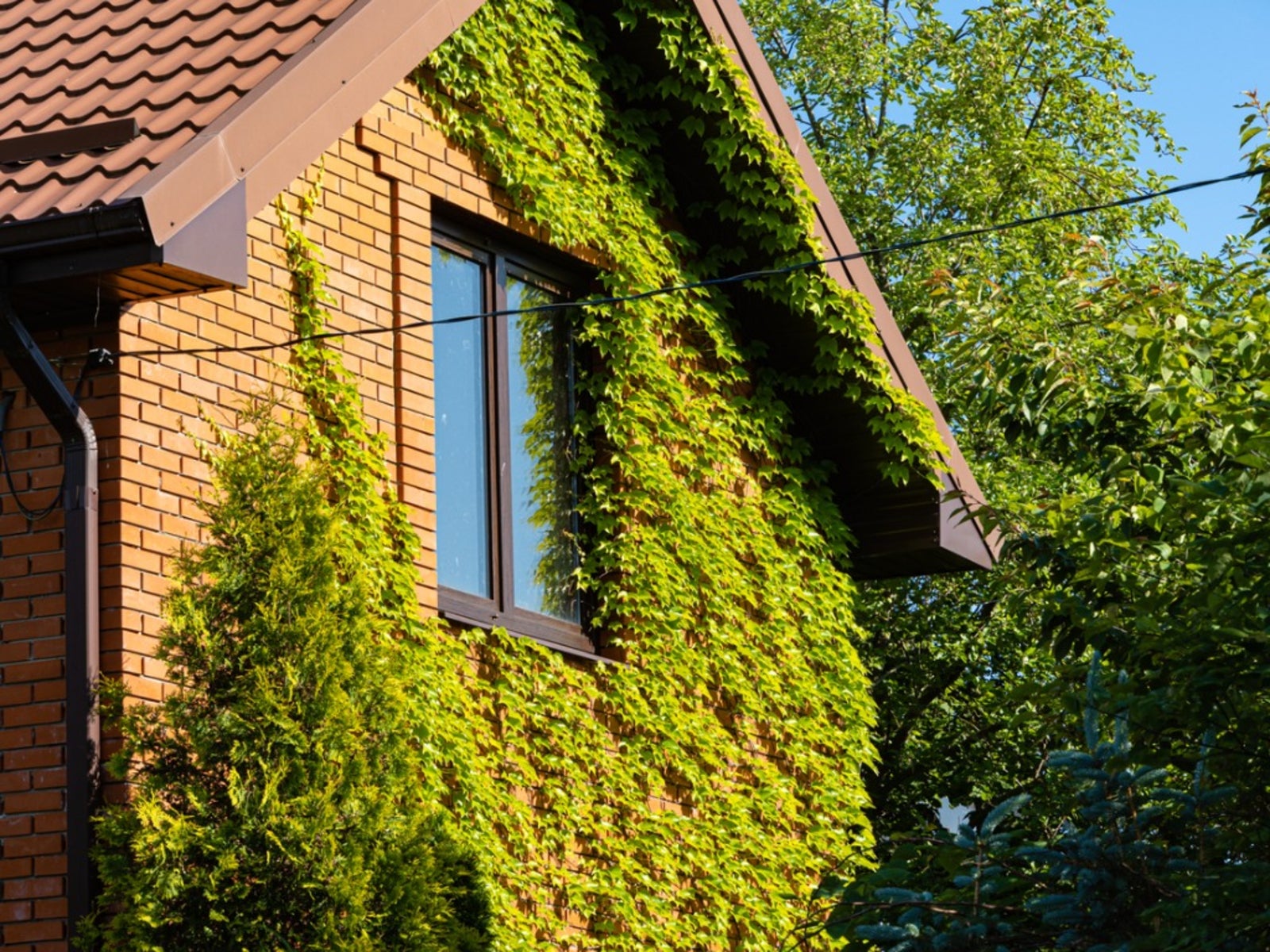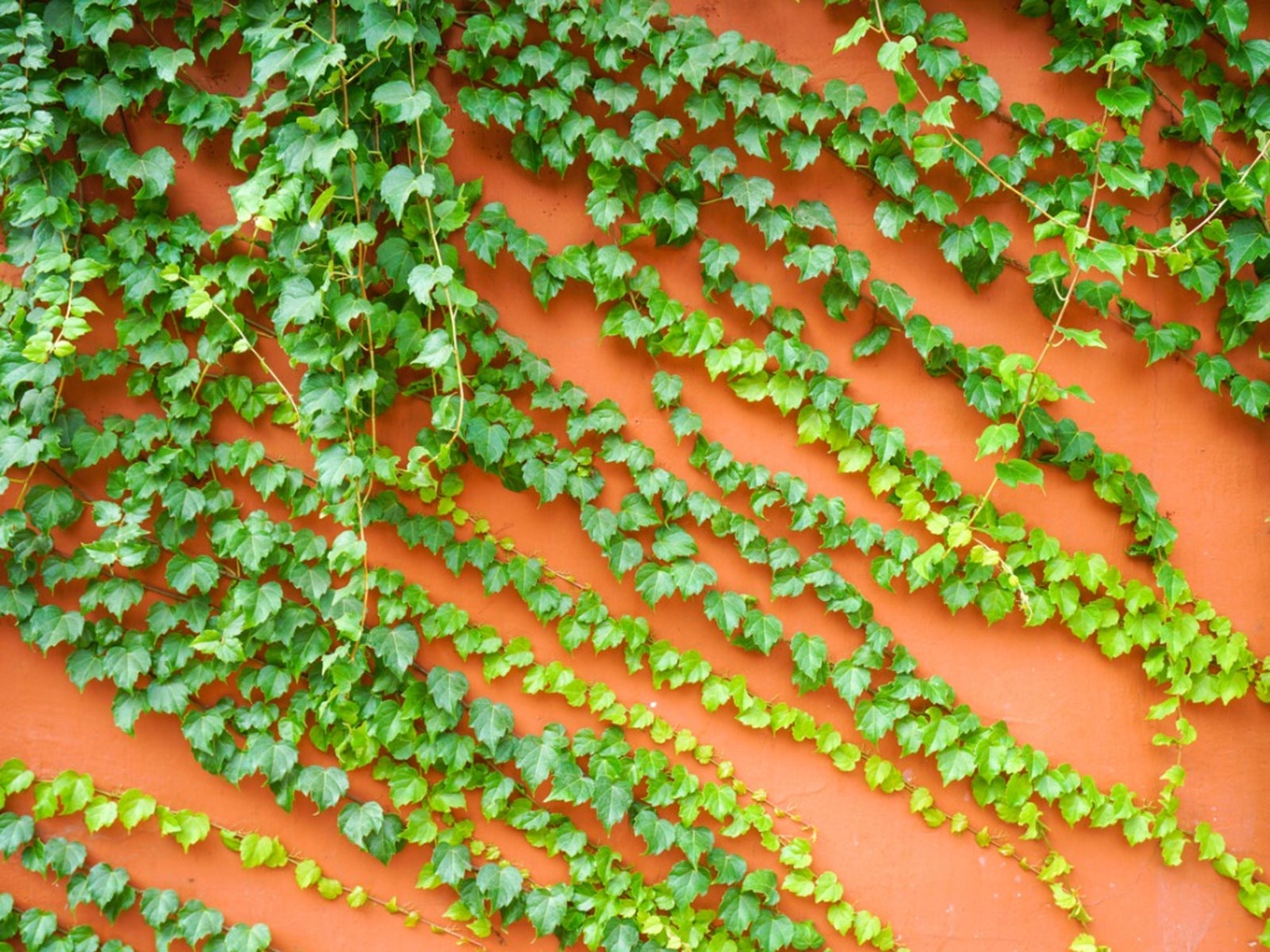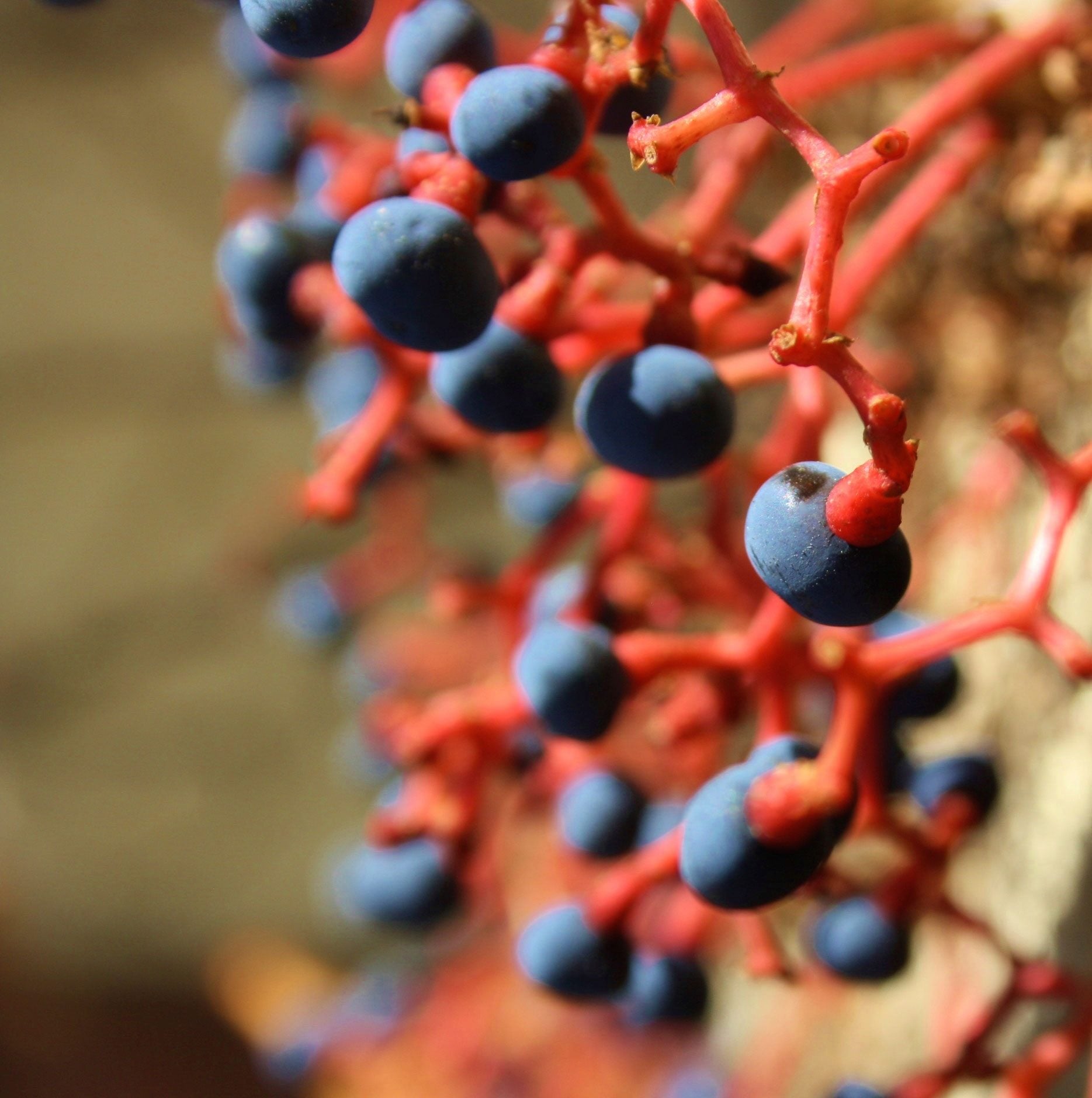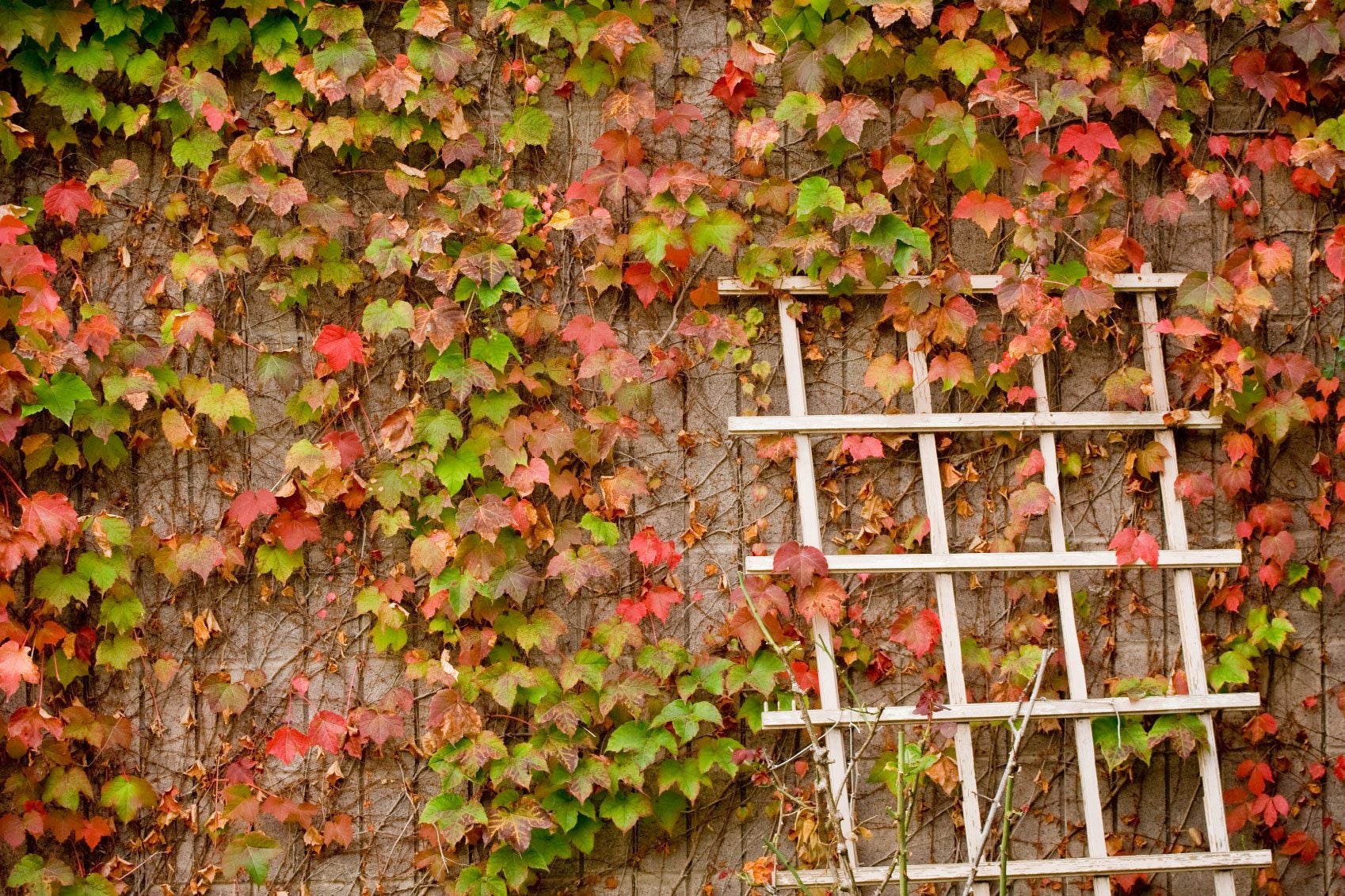Controlling Boston Ivy - Learn About Removing Or Pruning Boston Ivy Vine

Lots of gardeners are attracted to the stately beauty of Boston ivy (Parthenocissus tricuspidata), but controlling this hardy plant can be a challenge both indoors and in the garden. If you'd like to incorporate this graceful plant into your garden or home, you'll need to practice regular pruning; or if it's already gotten out of hand, you'll need to know how to remove Boston ivy without causing damage.
Pruning Boston Ivy Vine
Pruning Boston ivy vine can be tricky. If done incorrectly, ivy leaves brown “footprints” as well as ragged edges. To keep your ivy looking tip-top, you'll want to pinch, snap, or cut trailers as they develop. Removing these unruly shoots will keep your ivy at the desired size, and as an added benefit, ivy cuttings root easily when transplanted into a new pot and make a great hostess/host gift at parties. As an alternate to pinching or cutting back shoots, you can also pin them down. Simply choose a few healthy shoots and use floral or hair pins to lock them into place, preventing them from creating trailers and climbing. This method only works well with potted ivy, however, and you'll need to be sure to remove any dead leaves to prevent rot.
Boston Ivy Control
Boston ivy control outdoors can be very challenging and many gardeners will advise you not to plant ivy unless it can be confined in a pot or within a bordered space. However, you may have inherited an ivy-filled garden or find this emerald-leaved beauty too hard to resist. If that's the case, you'll want to brush up on how to remove Boston ivy from brick, stone, and wood. This plant is a notorious climber and will lock onto any surface with its trailers. Pulling ivy roughly off of surfaces can damage the exterior, as well as the plant. Pruning before the ivy starts to climb is always the best policy. However, if that's not possible, there are a few tricks for keeping Boston ivy plants in bounds and removing them from surfaces.
How to Remove Boston Ivy
To remove ivy from brick or wood, prune the leaves. Sever the trailers that you don't want to remain on the wood or stone from the plant and then apply an herbicide. I'd suggest white vinegar, as it will kill ivy in a more non-toxic manner. White vinegar will also kill any plants in the vicinity, so be sure to apply it only to the ivy itself. Once the ivy has browned, it will fall from the brick or wood without damaging the surface or any paint. You will need to continue to prune the remaining ivy plant on a regular basis though.
Care of Boston Ivy
Care of Boston ivy is simple. It prefers warm, mild climates and moist, aerated soil, but it will grow (and most likely thrive) in most locations. It is the perfect gift for a novice gardener since it's almost impossible to kill. You will need to plant it at least 15 feet (4.5 m.) from any surface on which you do not want it to climb, and always keep your pruning shears ready. With care, your ivy will thrive indoors or outdoors for many years to come.
Gardening tips, videos, info and more delivered right to your inbox!
Sign up for the Gardening Know How newsletter today and receive a free copy of our e-book "How to Grow Delicious Tomatoes".
-
 Looking For Plants To Give You The Soft And Fuzzies? Try These 5 Fuzzy Leaf Plant Options
Looking For Plants To Give You The Soft And Fuzzies? Try These 5 Fuzzy Leaf Plant OptionsLovers of texture, drama, silver foliage and tactile plants will adore these special sensory garden additions. These fuzzy leaf plant options will leave you all aglow
By Susan Albert
-
 Get Ready For A Summer Of Hummers! Grow These Full Sun Hummingbird Plants and Flowers
Get Ready For A Summer Of Hummers! Grow These Full Sun Hummingbird Plants and FlowersIf you’re lucky enough to enjoy a sunny backyard, make sure you are maxing out on your pollinator opportunities and grow these full sun hummingbird plants and flowers
By Tonya Barnett
-
 Boston Ivy Leaf Drop: Reasons For Leaves Falling From Boston Ivy
Boston Ivy Leaf Drop: Reasons For Leaves Falling From Boston IvyAlthough many ivy plants are evergreen, Boston ivy is deciduous. It is perfectly normal to see your Boston ivy losing leaves in autumn. However, Boston ivy leaf drop can also be a sign of disease. Click here to find out more about Boston ivy leaf drop.
By Teo Spengler
-
 Boston Ivy Seed Propagation: How To Grow Boston Ivy From Seed
Boston Ivy Seed Propagation: How To Grow Boston Ivy From SeedBoston ivy is a woody, fast-growing vine. Mature vines display beautiful, early summer blooms, followed by Boston ivy berries in autumn. Planting seeds you harvest from the berries is a fun way to start a new plant. Read here to learn more.
By Mary H. Dyer
-
 Boston Ivy On Walls: Will Boston Ivy Vines Damage Walls
Boston Ivy On Walls: Will Boston Ivy Vines Damage WallsBoston ivy growing up brick surfaces lends a lush, peaceful feeling to the environment but should you plant it on or near walls? This article has tips for growing Boston ivy plants on walls, so consider carefully before planting Boston ivy in your garden.
By Mary H. Dyer
-
 Boston Ivy Cuttings: How To Propagate Boston Ivy
Boston Ivy Cuttings: How To Propagate Boston IvyYou can fill your garden with the Boston ivy by taking cuttings from the vine and rooting them into new plants. So how do you take these cuttings? This article will help with that. Click here to learn more.
By Anne Baley
-
 Boston Ivy Winter Care: Information On Boston Ivy Vines In Winter
Boston Ivy Winter Care: Information On Boston Ivy Vines In WinterBoston ivy plants are commonly grown vines in the landscape. But what about keeping Boston ivy over winter? Learn more about that in this article. Click here to get additional information.
By Jackie Carroll
-
 Boston Ivy Care: Tips For Growing And Planting Boston Ivy
Boston Ivy Care: Tips For Growing And Planting Boston IvyBoston ivy plants are attractive, climbing vines that cover outer walls of many older buildings, particularly in Boston. Get information and tips on caring for this plant in the article that follows.
By Becca Badgett